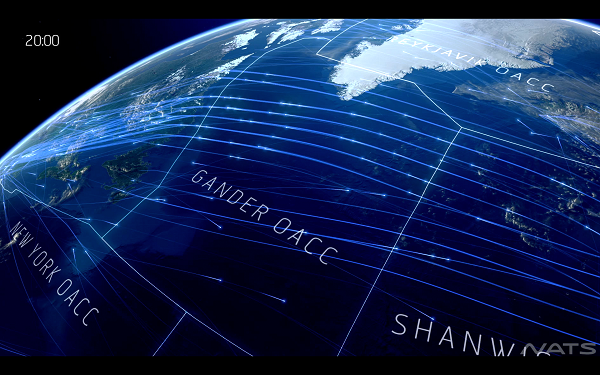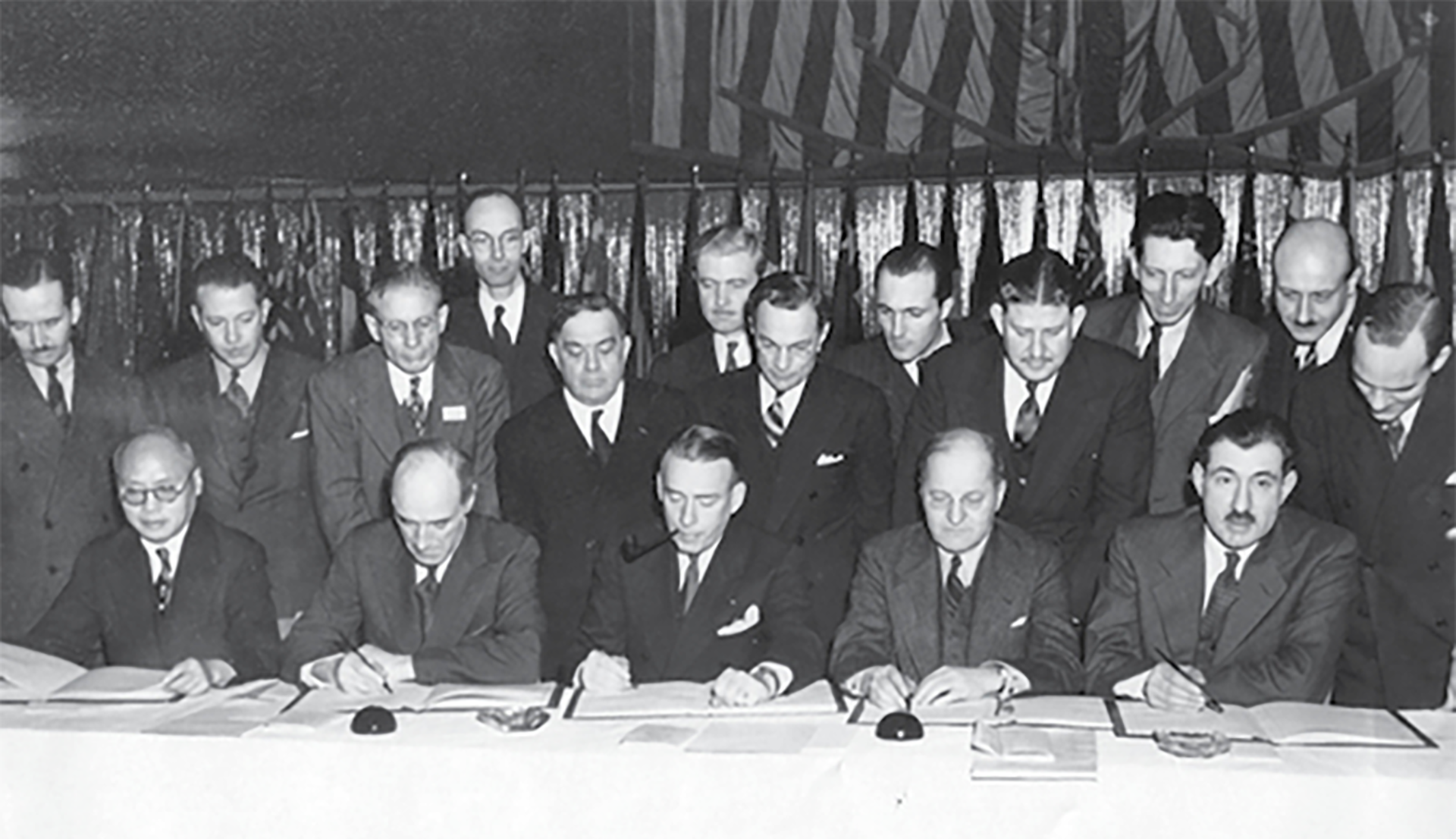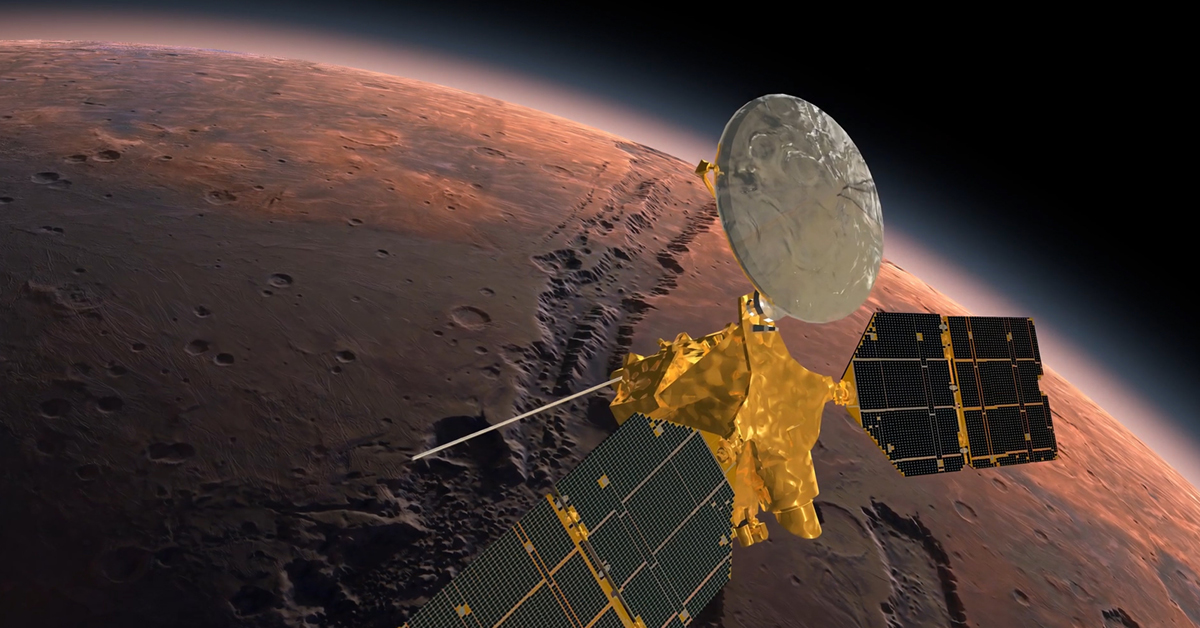Airspace Q2 2019 – Space-based ADS-B lifts off
Space-based automatic dependent surveillance – broadcast is finally a reality with the potential to transform airspace design.

Space-based automatic dependent surveillance – broadcast (ADS-B) is here. In January 2019, Aireon’s final 10 payloads were successfully launched into space aboard Iridium NEXT satellites.
The space-based ADS-B network – comprising 75 satellites in total, 66 operational payloads and nine spares – is now fully operational.
Don Thoma, CEO of Aireon, admits there were plenty of challenges to get to this point. Even though the original concept for ADS-B dates back to an FAA-sponsored study in 1973, the first ADS-B ground stations were only successfully demonstrated in 2001 in Alaska.
Partnerships proved to be the path to success for the space-based variant. Those ANSPs with an ownership interest in Aireon – NAV CANADA, NATS, ENAV, Naviair and the Irish Aviation Authority – have provided operational expertise and funding.
“They were also critical in supporting the new standards on separation and the European ANSPs will soon enable us to get EASA certification, which goes a long way to proving our credibility,” explains Thoma.
On the technical side, apart from Iridium’s know-how, Thoma reports the Harris payload design has “far exceeded” expectation in terms of functionality and reliability.
“So, in one sense it was simply a case of putting the partners’ work together while ensuring the timelines matched the capabilities of Iridium to put a network of satellites in orbit and also the mandates for ADS-B that were springing up worldwide,” says Thoma.
ADS-B will be mandatory in US airspace above 10,000 ft from January 2020 with Europe following six months later. NAV CANADA is pushing to make it mandatory in Canada – initially above 18,000 ft from January 2021 and then above 12,500 ft from January 2022.
Australia already has a mandate in place as does Hong Kong and Singapore and many other countries are on course to insist that aircraft flying in their airspace have the necessary avionics on board.
Thoma insists, though, that mandates are not Aireon’s driving force. “Many radar systems are reaching the end of their lifecycle and ADS-B is cheaper and superior,” he says. “There is also a major safety and efficiency bonus because an aircraft is being tracked every eight seconds at a minimum.
“That increased transparency is vital,” he adds. “Take a search and rescue operation in somewhere like Canada’s freezing remote north, for example. Rescuers have a much better chance of reaching the survivors quickly because they will have a much smaller area to cover.”
Precipice of history
Such a scenario is one of the reasons why NAV CANADA took a significant stake in Aireon from the outset. It also knew the benefits of ADS-B, having had the technology in place over the Hudson Bay area for some time.
NAV CANADA has wasted no time in employing the system and is already using space-based surveillance in the North Atlantic, and domestically over Newfoundland and parts of Alberta.
The Aireon system is expected to reduce overall flight safety risks approximately 76% in the North Atlantic according to a joint analysis by NAV CANADA and NATS – the first ANSPs to use the service.
Improved visibility and control over previously un-surveilled airspace will allow airlines to fly routes at optimal speeds and levels, delivering expected cost savings of up to US$300 per transatlantic flight, and reducing carbon dioxide emissions by two tonnes per flight, based on an analysis conducted by NATS and the International Civil Aviation Organization (ICAO).
Use of the Aireon system over the Atlantic allows for air traffic controllers to trial the reduction of aircraft in-trail separation distances from 40 nautical miles to as little as 14 nautical miles, making the airspace more flexible, predictable and able to accommodate the immense growth predicted in the coming years.
“To know the position, speed and altitude of every ADS-B equipped aircraft in oceanic airspace – in real-time – is a transformational change to how our controllers manage air traffic,” says Neil Wilson, President and CEO of NAV CANADA. “The Aireon system provides an immediate boost to aviation safety and airlines will benefit from more fuel-efficient routings and flight levels.
“Over 95% of the North Atlantic traffic is already ADS-B-equipped so the fuel savings, along with the reduced carbon dioxide emissions will be attained very quickly.”
Exciting step
NAV CANADA is working closely with UK ANSP, NATS, on space-based ADS-B, the organisations being at similar levels of maturity, partners in the project and having adjoining airspace.
NATS is also using the technology and early results suggest the aircraft is being tracked every two to three seconds rather than the stipulated eight seconds. Juliet Kennedy, Operations Director, NATS says space-based ADS-B is “a hugely exciting step. RADAR was a big step forward in its time and the step to space-based ADS-B is similar.”
The North Atlantic is among the busiest airspaces in the world and is forecast to grow to some 800,000 flight annually by 2030. With the existing procedures in place over the ocean, it will be impossible to deal with that level of capacity. Space-based ADS-B changes the rules of the game.
“Airlines will be able to fly user-preferred routes (UPR), saving time, fuel and emissions,” Kennedy informs. “At the moment, about 60% of aircraft get to fly UPR across the North Atlantic. Space-based ADS-B will push this figure to 90%.”
Kennedy accepts that controllers will need to be re-trained due to the wealth of information they will need to process in real time “but now they will be able to see immediately if the aircraft is doing what it is supposed to be doing”.
NATS is already providing the service over the North Atlantic, including the new 14 nautical mile reduced separation standard. Other elements, such as reduced lateral separation, will be introduced in phases.
Critical mass
The next challenge for Aireon according to Thoma is achieving critical mass. Eleven ANSPs have committed to using the system and there are many more expressing interest. Early adopters include ASCENA, Isavia, the Civil Aviation Authority of Singapore, South Africa’s Air Traffic Navigation Services and the Seychelles Civil Aviation Authority (SCAA).
Aireon will spend the next few years fine-tuning the system and looking for new ways to leverage the data. ADS-B is an open technology and the data is there for everybody. But the key is unlocking the value of that data.
Aireon has entered into partnership with Flight Safety Foundation to action that idea. The Foundation’s Global Safety Information Program (GSIP) will develop important safety metrics and analytics using space-based ADS-B data.
Both parties are convinced that the collaboration will provide new insights into safety of operations in all regions of the world. The focus will initially be on risks in approach and landing, loss of separation and surface safety.
“We are using their knowledge to do the correct data analyses and also to action their findings,” Thoma says.
Passengers will not only benefit from this safety work, Thoma concludes. More direct routes will reduce travel times and the inherent flexibility in the system will mean fewer weather and ground delays.
Why space-based ADS-B?
Space-based ADS-B uses satellite-based global positioning technology to calculate an aircraft’s precise location, speed and direction even over oceans and remote regions. Ground-based systems left an estimated 70% of global airspace without any real-time air traffic surveillance coverage.
An Aireon report suggests that “by eliminating these global blind spots, space-based ADS-B allows for increased safety, precise aircraft locations, improved search and rescue response, reduction in gross navigation errors, improved cross-border safety and faster pilot/controller communication”.
Space-based ADS-B will also ensure compliance with the ICAO Aviation System Block Upgrades (ASBU) and the Global Aeronautical Distress and Safety System (GADSS).
The benefits of space-based ADS-B
Space-based ADS-B should provide several advantages for ANSPs including:
- Improved service with reduction in separation minima
- Expanded access to user-preferred routes, altitude and (cost index) speeds
- Extended ADS-B surveillance coverage and visibility into neighboring FIRs
- Reduced impact from routine maintenance, weather and system outages
- Lower surveillance costs from augmenting or replacing existing infrastructure
- Improved safety, regulatory compliance and controller situational awareness
- Faster controller response time to abnormal situations, gross navigation errors and search and rescue operations
- Accurate aircraft movement, speed and altitude data for better analytics



